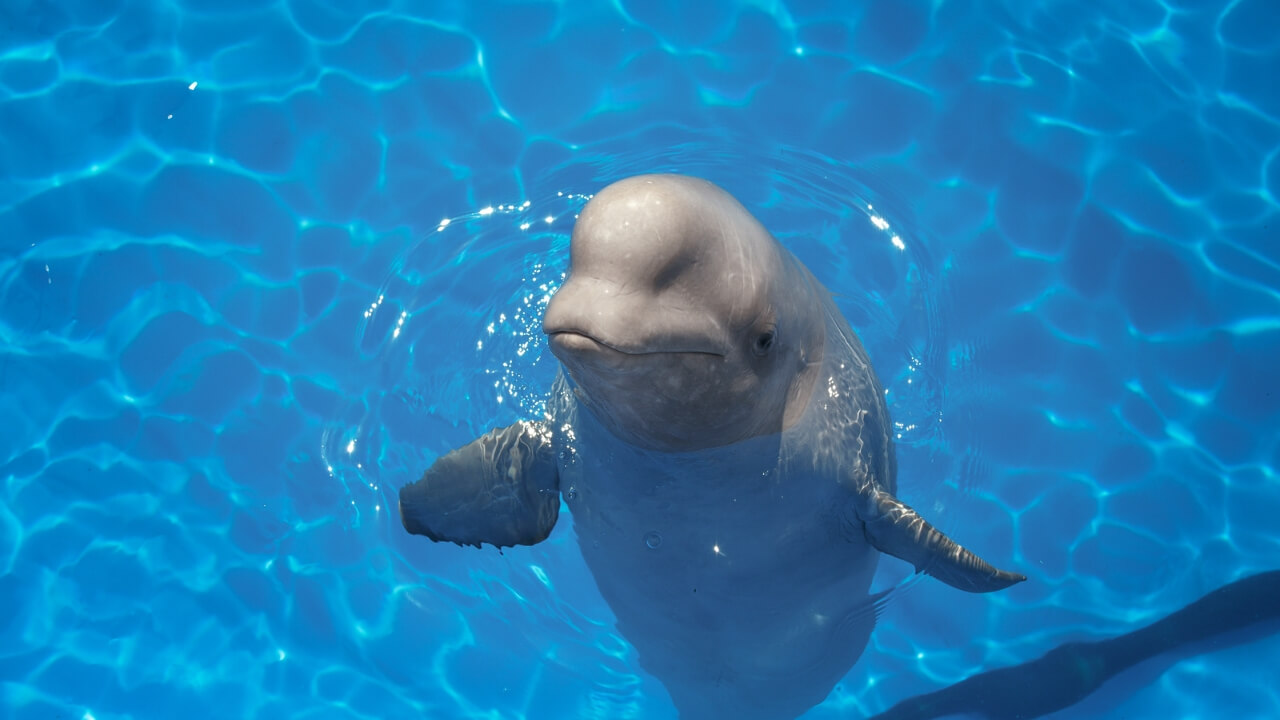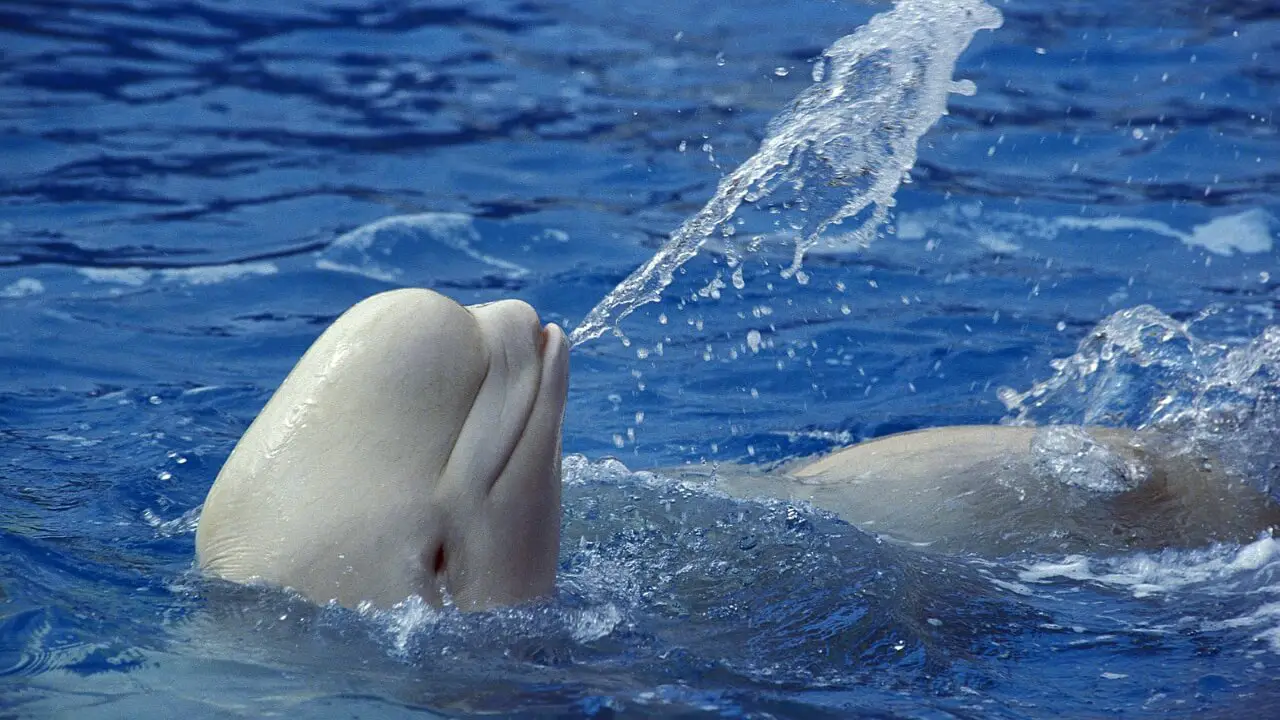The beluga whale is a cetacean species that inhabits the Arctic and Sub-Arctic waters. It is well-known for its unusual white color. Its average lifespan in the wild is 35 to 50 years. Unlike many other animal species, beluga whales do not do well in captivity.
Therefore, they live a longer life in the wild than in captivity. After reading this article, you will learn how long beluga whales live in the wild, in captivity, and what are the methods used to calculate their age?
How Long Do Beluga Whales Live? – Beluga Whale Lifespan
Beluga whales live for an average age of 35 to 50 years in the wild. However, some individuals have been known to live as long as 70 to 80 years. Captive individuals live a shorter life than wild ones. They reach sexual maturity at the age of between 6 to 14 years.
Factors like environmental hazards, diseases, noise Pollution, and climate change have a great impact on the lifespan of belugas. Human pollutants from industrial run-offs cause harm to beluga populations, particularly those living in river estuaries. It has chemical substances like DDT (dichlorodiphenyltrichloroethane) and PCBs (polychlorinated biphenyls) that can result in serious health issues in belugas.
Also Read: How smart are Beluga whales?
The adverse effects of these substances include cancers, reproductive diseases, low birth rate, and deterioration of their immune system. Populations living in the open sea have a high level of heavy metals like zinc, mercury, cadmium, and selenium. These metals concentrate in their kidneys, liver, and muscles causing serious threats to their health.
Diseases and pathogens (viruses, bacteria, protozoa, and fungi) cause infections in the skin, intestines, and respiratory system of belugas. Climate change is another factor that causes the melting and change in the coverage of sea ice in the Arctic and Sub-Arctic waters. Beluga is a slow swimmer and depends on the sea ice to feed and to take refuge from predators.
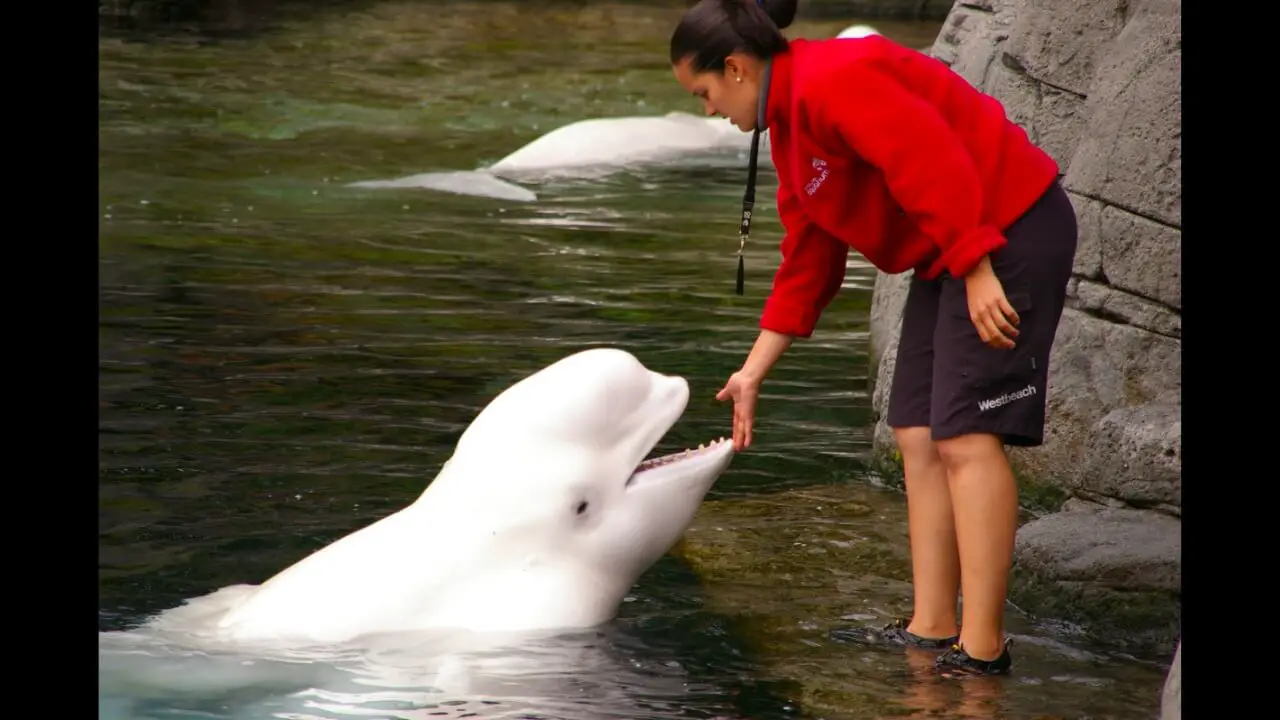
Another important factor is noise of vessel traffic in the ocean. Research shows that calls among belugas are reduced because of such noises in the sea. It causes reduced communication among belugas, deep diving to avoid such noises, unsynchronized diving, and break-up of their social groups. All these factors collectively influence the health of belugas and tend to reduce their lifespan.
How Long Do Beluga Whales Live In The Wild?
Beluga whales live for an average life of 35 to 50 years in the wild. Some specimens can live for as long as 70 to 80 years. A female individual in northwest Alaska was found carrying a fetus close to the time of birth at the age of 70 years.
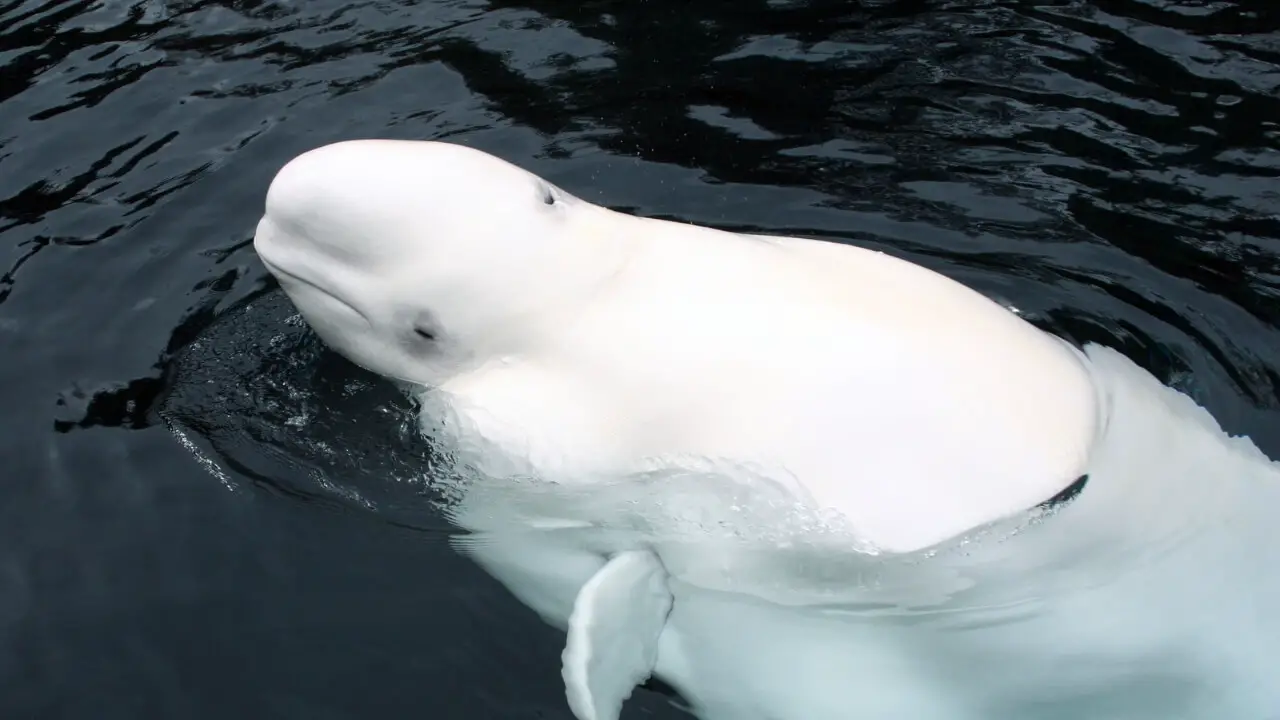
Factors Affecting Beluga Whales:
- Pollution in oceans.
- Climate change.
- Habitat Loss.
- Human activity and fishing.
- Natural predators: Orcas and Polar bears.
How Long Do Beluga Whales Live In Captivity?
Unlike most other animal species, beluga whales do not do well in captivity and live a much shorter life as compared to wild individuals. They rarely reach the age of 30 years in captivity. Captive specimens usually die before or sometimes much earlier than the age of 30 years.
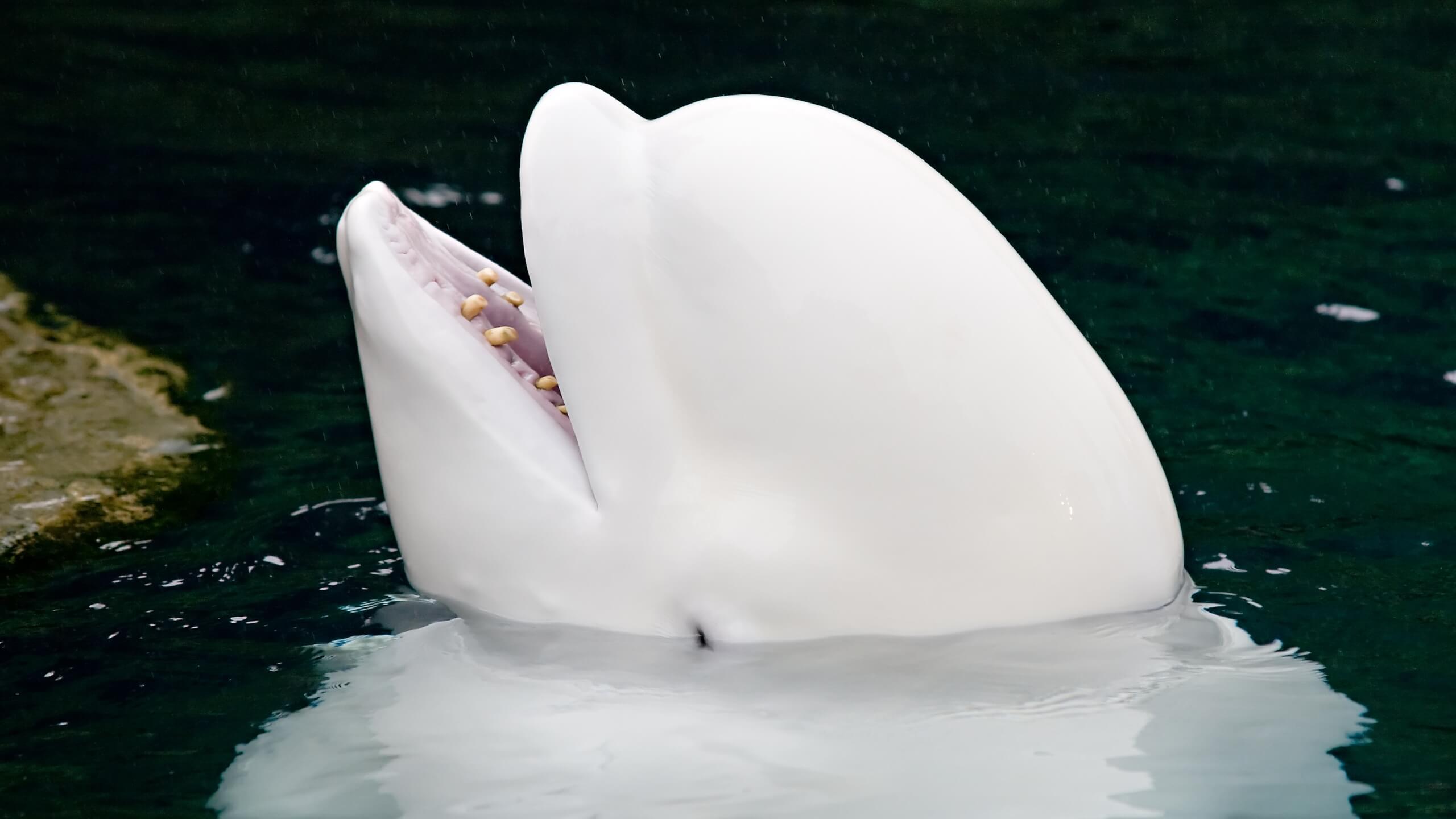
How Is The Age Of Beluga Whales Calculated?
The age of beluga whales is estimated by counting the “growth layer group” (GLG) on their teeth. It is the same method used for estimating the age of a tree by counting rings on the stump or cross-section.
Growth layer groups are the layers of dentin and dental cement in the teeth of belugas. Originally, it was believed that these layers are deposited once or twice a year. These layers can be easily identified. One layer is made up of dense material opaque in color while the other is made up of less dense material transparent in color. So it is possible to estimate the age of a beluga through extrapolation of the identified number of layers and the estimated frequency these layers were deposited.
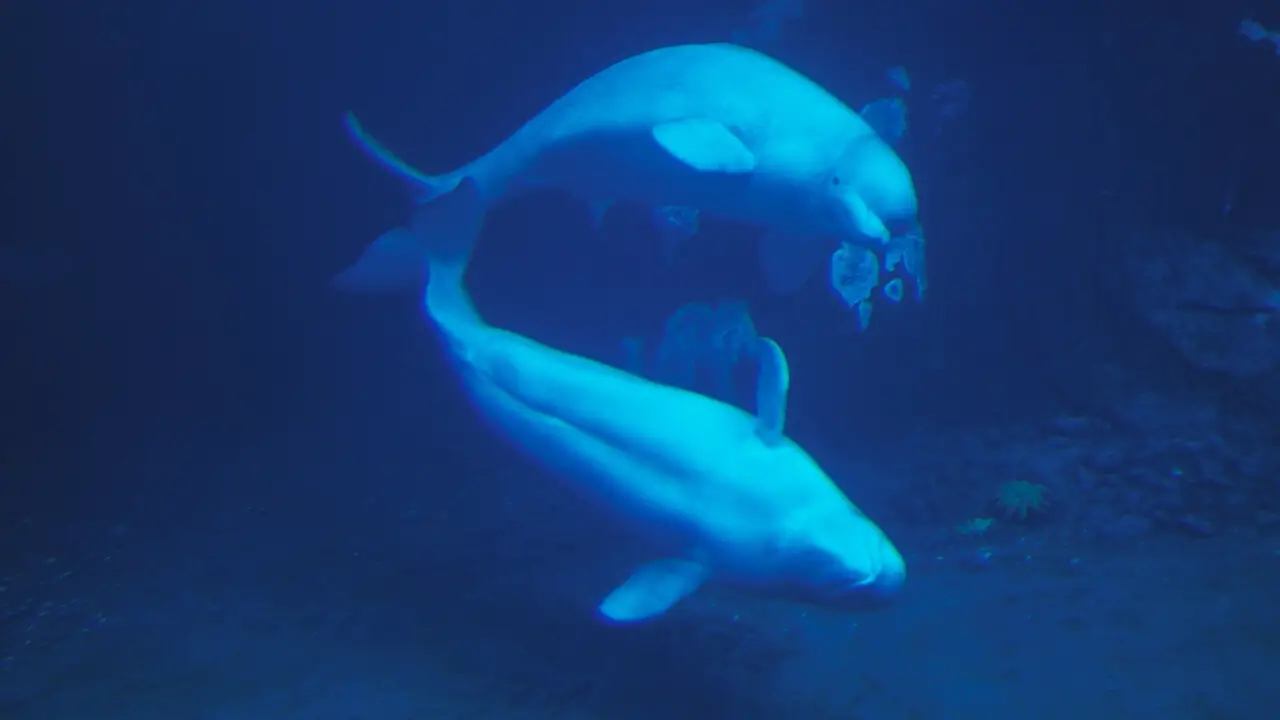
In 2006, a study revealed (that used radiocarbon dating of dentin layers) that the deposition process of these materials occurs with a lower frequency (once a year) than originally thought. Therefore, the study estimated the lifespan of belugas from 70 to 80 years.
Also Read: How bigs is a blue whale?
However, recent studies suggest that it is not sure how many layers are deposited on the beluga’s teeth depending on their age. For example, an additional layer may be deposited on the teeth of young individuals, while in mature individuals it may be a single layer per year or every other year.
We can also get an idea of a beluga whale’s age simply from its skin color; young belugas have dark grey or blue-gray skin color while older belugas have white or white gray skin color.

